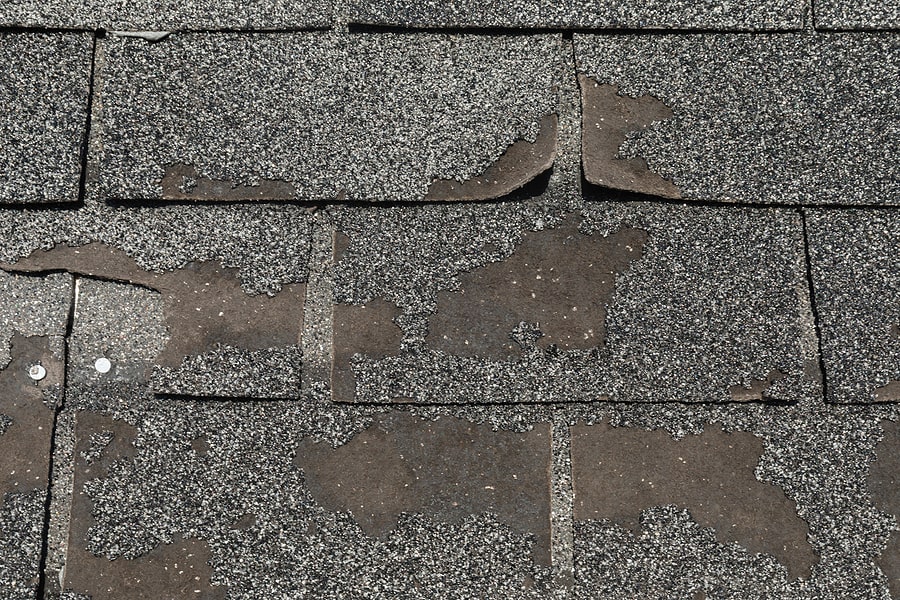When it comes to the integrity and longevity of your roof, blistered shingles can be a cause for concern. These unsightly blisters not only detract from the appearance of your home but can also compromise the functionality and durability of your roof. In this article, we will delve into the causes of blistered roof shingles, explore potential solutions, and discuss preventive measures to protect your roof from blistering.

Understanding Blistered Roof Shingles
Blistered roof shingles are characterized by the formation of raised, bubble-like formations on the surface of the shingles. These blisters can vary in size and may be filled with air, water, or both. Blistering is most commonly observed in asphalt shingles, which are widely used for residential roofing due to their affordability and durability. However, blistering can also occur in other types of shingles, such as wood or composite.
Causes of Blistered Roof Shingles
Moisture Trapped within Shingles: One of the primary causes of blistering is moisture trapped within the shingle material. This can occur during the manufacturing process if the shingles are not adequately dried before packaging. Moisture can also infiltrate the shingles after installation, typically due to poor ventilation or excessive humidity in the attic.
Excessive Heat and Sun Exposure: Intense heat and prolonged exposure to the sun’s ultraviolet (UV) rays can cause the asphalt in shingles to soften and expand. This expansion, combined with the presence of trapped moisture, leads to the formation of blisters.
Solutions for Blistered Roof Shingles
Repair or Replacement: If blistering is limited to a few shingles, they can be individually replaced to restore the integrity of the roof. However, if a significant portion of the roof is affected, a complete roof replacement may be necessary.
Improved Ventilation: Proper attic ventilation is essential to prevent moisture buildup and reduce the likelihood of blistering. Adequate intake and exhaust vents allow for the circulation of air, keeping the roof and shingles dry.
Cool Roofing Materials: Consider using cool roofing materials that reflect sunlight and reduce heat absorption. Cool roof shingles, made with reflective coatings or lighter colors, can help minimize the risk of blistering by reducing heat buildup on the roof.
Preventive Measures for Blistered Roof Shingles
Proper Installation: Ensure that shingles are installed according to the manufacturer’s guidelines. Improper installation, such as overdriven nails or inadequate fastening, can create conditions that contribute to blistering.
Regular Roof Inspections: Schedule regular roof inspections by a professional to identify and address potential issues before they worsen. Early detection and prompt repairs can prevent blistering and extend the lifespan of your roof.
Address Attic Ventilation: Maintain proper attic ventilation to control moisture levels. Ensure that vents are clear of debris and that the attic is adequately insulated to prevent condensation and excessive heat buildup.
Conclusion
In conclusion, blistered roof shingles can be a worrisome problem for homeowners. Understanding the causes, implementing appropriate solutions, and taking preventive measures can help protect your roof from blistering. Whether through repairs, ventilation improvements, or the use of cool roofing materials, addressing blistering promptly can prolong the lifespan of your roof and maintain its functionality and aesthetic appeal for years to come. Regular maintenance and professional inspections are key to identifying and resolving issues early, ensuring the long-term health of your roof.



Leave a Reply